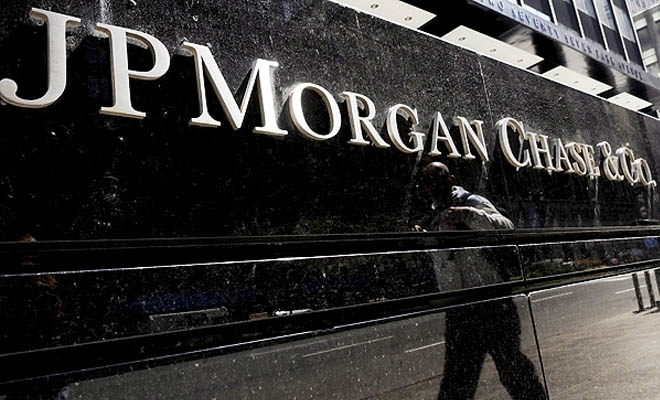It is noteworthy that just like in the modern political world; the economic sector is also swarming with lobbyists. The lobbyists – and the firms they back – have played their scam game over and over again…

In the recent years, we have seen many major international banks and companies go down. How do such huge corporations collapse, what factors lead to their demise, is indeed an inquiry full of surprises for the common man. This essay is an attempt to unlock, step by step, the international scams that are affecting all the capitalistic nations directly and all other nations indirectly; these are scams by which lobbyists gather trillions of dollars, hide them in Swiss banks and the money is never accounted for. In today’s extraordinary times, when the world has effectively been reduced into a global village and everything that happens in the political or economic spheres in one part of the world affects all the other parts, it is vital for all to understand how complex games are being played around.
It is noteworthy that just like in the modern political world; the economic sector is also swarming with lobbyists. The lobbyists – and the firms they back – have played their scam game over and over again, without the wider world knowing of their plots; while we have always – willingly or unwillingly – played it their way.
To prove their schemes, the recent JPMorgan 13 billion dollar fraud has been uncovered here, which started from the Bear Stearns derivative scam in 2008. But before we come to them, we should be clear about a few basic terms like the CDS and the Ponzi scheme.
Credit Default Swaps Scam
Credit Default Swaps (CDS) are the most widely traded form of credit derivative. Credit derivatives actually take place when, in a business dealing, the seller party fears that the buyer party might default in its future payments; in such a case a third party, which is mostly a bank, gives the seller party assurance on behalf of the buyer party that they will not default. In return, the bank charges a monthly fee from the buyer party depending upon the money it owes, and the seller party is promised a handsome amount if the buyer would default after due time. Apparently, all this seems fine, but what really happened was that the banks took too many CDSs; and against the wishful thinking of the banks, many huge companies started to actually default, and the payments were too huge for the banks to make.
CDSs are actually bets between two parties on whether or not a company will default on its bonds. In a typical default swap, the “protection buyer” (the buyer party) gets a large payoff if the company defaults within a certain period of time, while the “protection seller” (the bank) collects periodic payments for assuming the risk of default.
The issue is that the CDSs are an unregulated form of credit default insurance that are titled as “swap” in order to avoid being regulated like actual insurance. Because it was unregulated, there were no capital reserve requirements, that is, no money was required to be held by the bank to pay out if someone actually did default. This also means that although banks are already entitled by their own laws to give away loans of much bigger amount than they have as assets, in the case of the CDSs, this amount could be unlimited as it was totally unregulated under any law.
Without requirement of any real collateral, CDSs could easily counterfeit documents guarding against risk, as they seldom required any real money for their backing, so at best they are worthless. But the irony was that the CDSs were insuring liabilities, not assets; meaning they gave insurance for a probable default, whereas normally a bank would give a guarantee only against real assets. The models the CDSs were based upon had no contact with reality. They had assumed unlimited growth of the economy and an unfailing ability to pay. When matched against the reality, we find that people are paying ten times their salary for mortgages and the whole economy is saturated with creditors.
There is almost a 70 trillion dollar credit default swap market spread around the world. If only 1 to 2 percent “service fee” were charged in these transactions (which are based on illusory assets) by the banks, we are talking nearly 0.75 to 1.5 trillion dollars in real term fees, being hijacked from the global economy for no productive but merely parasitic purposes; as the eventual brunt of the charges created by the bank would fall on the commoners.








